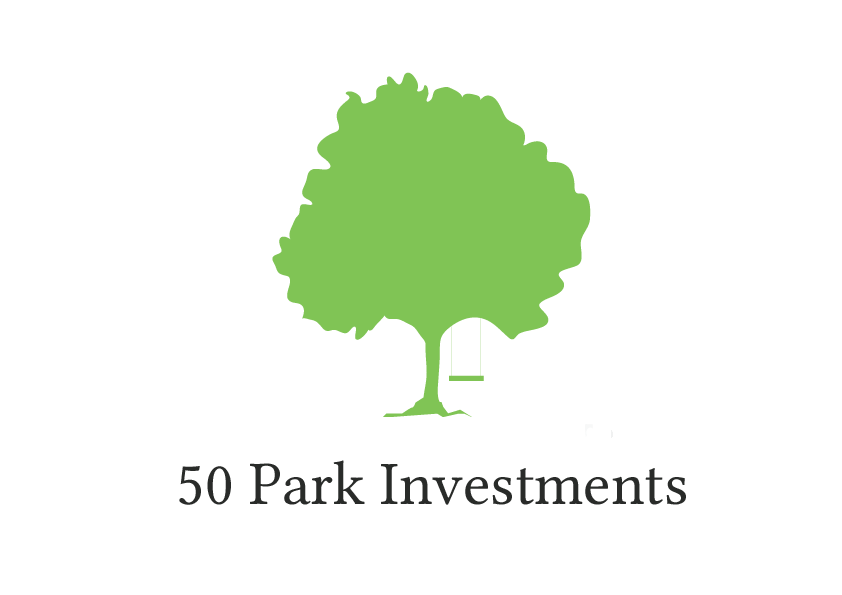Friday, July 15, 2011
Stock Market Commentary:
Stocks ended lower for the week but managed to stay near their respective 50 DMA lines which is an encouraging sign. The benchmark S&P 500 index sliced and closed below its 50 DMA line on Thursday which is not ideal. Meanwhile, the Dow Jones Industrial Average and the tech heavy Nasdaq composite managed to stay above their respective 50 DMA lines. Once all the major averages violate their respective 50 DMA lines, the rally will end and the bears will have regained control of this market. Looking forward, the next level of resistance is their respective 2011 highs.
Monday- Wednesday’s Action: Stocks Slide On Debt Woes
Over the weekend, fresh debt concerns surfaced from the U.S. and Europe which put pressure on stocks and a slew of commodities. In Europe, an emergency session was held to discuss Italy’s mounting debt woes. Before Tuesday’s open, the euro was smacked as fresh debt woes surfaced throughout Europe and the debt/deficit situation in the U.S. remains unresolved. Euro zone finance ministers promised a more flexible approach to deal with Greece and other troubled nations. However, markets across the world did not believe their rhetoric. A newspaper report showed that six Spanish banks failed the EU stress tests which are slated to be released on Friday. Elsewhere, the U.S. trade deficit soared to a 3 year high in May thanks in part to lower exports. The Commerce Department said the deficit surged +15.1% to +50.2 billion in May which is the largest imbalance since October 2008.
At 2pm EST, the minutes of the Federal Reserve’s June meeting were released and showed that Fed officials did not rule out QE3. Stocks sold off after a short-lived initial bounce on the news. Shortly after the Fed minutes were released, Moody’s rating agency downgraded Ireland’s debt rating to junk which sent stocks lower. Finally, Alcoa (AA) officially kicked off earnings season after Monday’s close when they released their Q2 results. Needless to say, it will be interesting to see how the major averages react to earnings over the next few weeks.
Before Wednesday’s open, China said its gross domestic product (GDP) slowed to a rather strong +9.5% last quarter. This was slightly lower than Q1′s strong reading of +9.7% but slightly higher than the Street’s +9.4% expectation. It is important to note that Beijing has been rather vocal in their attempts to curb inflation and their red-hot economy. In the U.S., Ben Bernanke made it abundantly clear that the Fed is willing to step up and ease monetary policy (i.e. QE 3) again, “if needed.” This sent the dollar lower and a slew of dollar denominated assets (i.e. risk assets) higher. On a rather sad note, a series of bombs rocked the financial district of Mumbai, killing at least 21 people and injuring 141 in what most believe to a terrorist attack.
Thursday & Friday’s Action: 50 DMA line Is Support!
On Thursday, investors digested a slew of economic data, most of which topped estimates. The Labor Department said, weekly jobless claims fell -22,000 to 405,000 last week which is much closer than to the closely followed 400,000 mark. The latest read on inflation was tame which helped ease pressure on the Fed to raise rates in the near future. The producer price index (PPI) fell -0.4% which was below the -0.3% forecast.
Retail sales rose +0.1% which topped the unchanged reading expected by Wall Street. Bernanke spent most of his day testifying on Capital Hill where he made it clear that he was not immediately ready to embark on QE 3. Stocks immediately sold off on the news. The pressure in D.C. is palpable regarding the ongoing debt/deficit talks. The President knows that the country is at a critical juncture and if this issue is not resolved swiftly the ramifications will be ominous, it will tarnish his legacy, and most likely cost him a second term in office. After Thursday’s close, Google (GOOG) surged over 10% after smashing Q2 estimates which bodes well for Q2 earnings season.
Before Friday’s open, Citigroup (C) reported stronger than expected Q2 results which bodes well for the ailing financial sector. Economic data was mixed. The consumer price index (CPI) slid -0.2% which matched the Street’s estimate. Core CPI, which excludes food and energy, rose +0.25%. Elsewhere, the Empire State Manufacturing Index fell -3.76 last month which fell short of the Street’s estimates and consumer confidence tanked to the lowest level since March 2009!
Market Outlook- Uptrend Under Pressure:
The last week of June’s strong action suggests the market is back in a confirmed rally. As our longstanding clients/readers know, we like to filter out the noise and focus on what matters most: market action. That said, the current rally is under pressure as investors patiently await earnings season and continue to digest the latest economic data. Until all the major averages violate their respective 50 DMA lines on a closing basis, the market deserves the bullish benefit of the doubt. If you are looking for specific help navigating this market, please contact us for more information.
Stock Market Research?
Global Macro Research?
Want To Follow Trends?
Learn How We Can Help You!
 Stocks Smacked In Heavy Volume
Stocks Smacked In Heavy Volume

